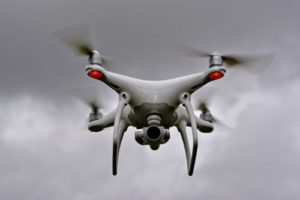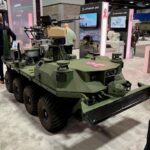
The Department of Homeland Security of late is hearing from its components that their interest in counter-drone technologies is shifting more toward mobile systems than fixed systems, a department official said on Thursday. This is a requirement that has emerged in the “last few months” and is a shift in “what we had originally been thinking,” which is that “we’d probably be deploying more fixed-site systems,” Shawn McDonald, the program manager for Counter Unmanned Aircraft Systems (C-UAS) within the DHS…

 By
By 











